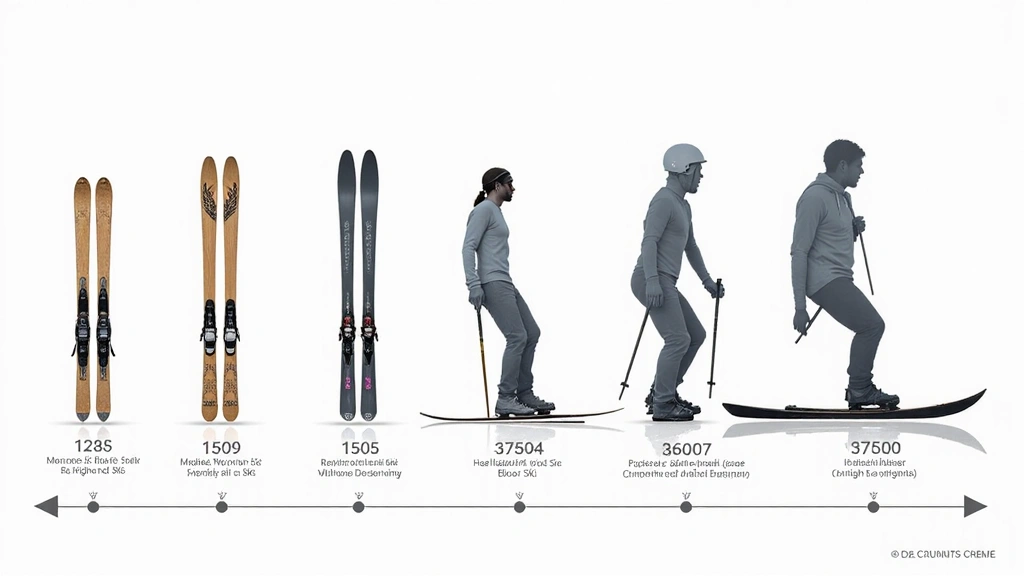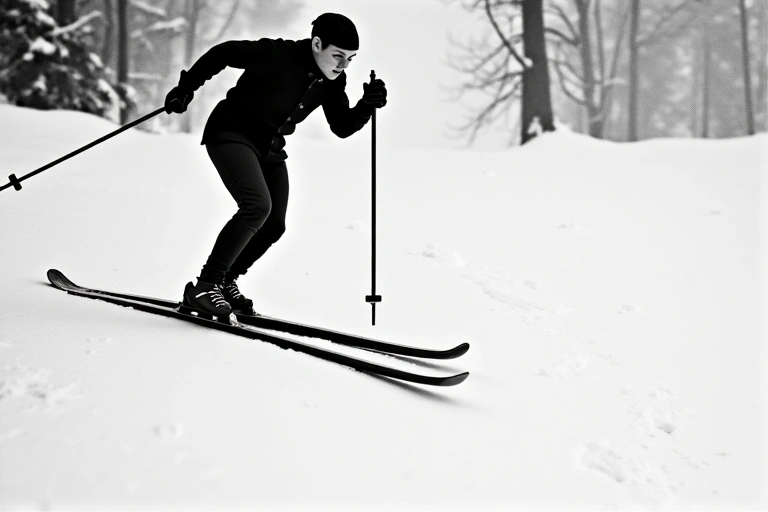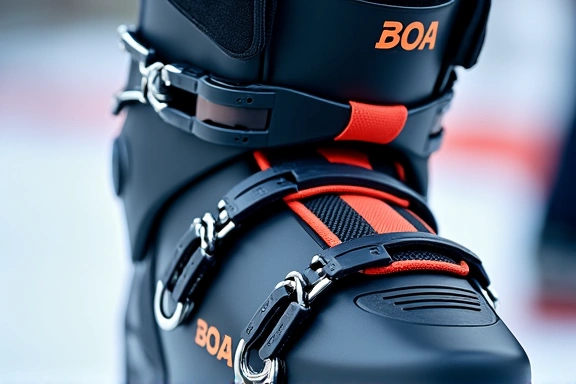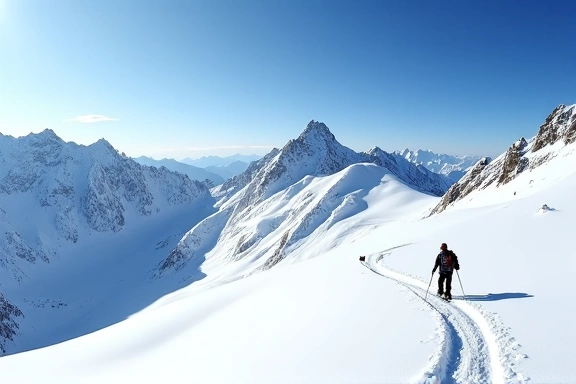The Evolution of Ski Design: From Wooden Planks to Carbon Fiber Marvels
By John Doe | January 15, 2024

Ski design has undergone a remarkable transformation over the centuries, evolving from simple wooden planks used for transportation to highly engineered pieces of equipment tailored for specific snow conditions and skiing styles. This journey reflects not only advancements in materials science but also a deeper understanding of biomechanics and fluid dynamics.
Early Beginnings: The Wooden Era
For millennia, skis were primarily made of wood, varying in length and width depending on their intended use – whether for hunting, travel, or early forms of recreation. Early Nordic skis were long and narrow, designed for efficient glide over flat or gently rolling terrain. The bindings were rudimentary, often just leather straps that held the boot in place. The focus was purely on utility and survival.
The Mid-20th Century: Straight Skis and Metal Edges
The mid-20th century saw the introduction of metal edges, a revolutionary innovation that dramatically improved control and carving ability on hard-packed snow. Skis remained long and relatively straight, often exceeding two meters in length. This era emphasized powerful, long-radius turns and a significant amount of physical effort. Skiers pushed their limits on these demanding tools, laying the groundwork for modern alpine skiing.

The Carving Revolution: Parabolic Skis
The late 1990s brought about the "carving revolution" with the widespread adoption of parabolic (or shaped) skis. These skis featured dramatically wider tips and tails and a narrower waist, allowing for much easier and more intuitive turning. The sidecut enabled skiers to literally "carve" turns with minimal effort, leading to a surge in popularity for the sport. This design shift made skiing more accessible and enjoyable for a broader audience, fundamentally changing skiing technique and equipment.
Modern Materials and Specialization
Today, ski manufacturing utilizes a vast array of advanced materials, including carbon fiber, fiberglass, titanium, and various composites. This allows for incredible precision in tuning a ski's flex, torsion, and weight. Skis are highly specialized, with distinct designs for powder, carving, freestyle, backcountry touring, and even racing. Rocker and camber profiles are meticulously engineered to optimize performance in specific conditions, providing flotation in deep snow or powerful edge hold on ice.
"The evolution of ski technology is a relentless pursuit of perfection, blending engineering prowess with an intimate understanding of the human body and the natural environment."
The integration of technology extends beyond the ski itself. Advances in binding systems, boot design, and even smart sensors are continuously pushing the boundaries of what's possible on snow. The future promises even more personalized equipment, perhaps with adaptive materials that change properties based on real-time snow conditions or a skier's specific movements. The journey from wooden planks to carbon fiber marvels is a testament to human ingenuity and our enduring love affair with the mountains.
Related Articles






